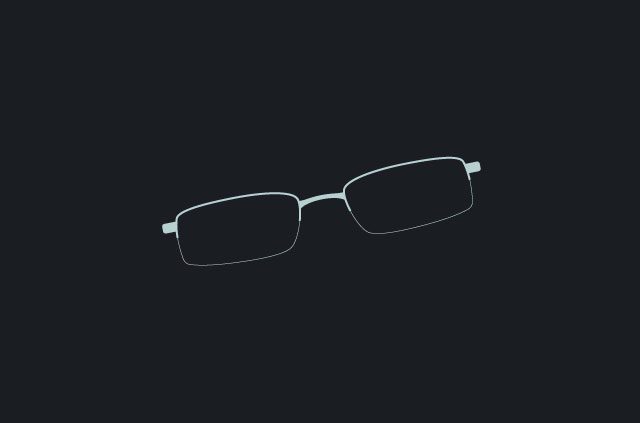
In 2013, Edward Snowden and his hard drive full of classified NSA documents boarded a plane and changed forever how we understood privacy. His actions forced the world to reckon with the realities of mass surveillance and inspired a new generation of whistleblowers.
Early years
Edward Joseph Snowden was born in 1983 in Elizabeth City, North Carolina, into a family in which nearly everybody worked for the federal government in some capacity. In tenth grade, Snowden stopped attending high school when he came down with mononucleosis.
Instead of returning to finish school, he began taking classes at the local community college and became engrossed in computers, technology, the internet, and Japanese anime culture. In 2004, he joined the United States Army Reserve, but he was discharged after breaking both of his legs, five months into special-forces training.
Cybersecurity career
Snowden’s career as a security specialist began in 2005, when he worked as a security guard for the University of Maryland’s Center for Advanced Study of Language. In 2006, he was hired by the CIA in Langley, Virginia. One year later, the CIA posted him in Geneva to maintain computer network security.
In 2009, he resigned from the CIA to work as a private contractor: first for Dell, then for Booz Allen Hamilton. As a contractor, Snowden held jobs in Tokyo, Maryland, and finally Hawaii, where he began the work that would ultimately make him one of America’s most polarizing figures.
Stealing NSA documents
While working at the NSA office in Hawaii in 2013, Snowden grew increasingly disturbed by how the NSA was spying on ordinary citizens through their phone and internet data. He began compiling a dossier filled with information on the NSA’s mass surveillance practices. He then contacted documentary filmmaker Laura Poitras, as well as journalists Glenn Greenwald, Ewen MacAskill, and Barton Gellman, enlisting them to leak the documents he had collected.
In May 2013, Snowden told his bosses he needed to take a medical leave of absence to deal with his recently diagnosed epilepsy. On May 20, 2013, Snowden flew to Hong Kong and braced himself for what was to come.
Leaks to the press
On June 5, 2013, The Guardian leaked documents demonstrating that Verizon was sharing all of its user data with the NSA. The next day, The Guardian and The Washington Post broke the story about PRISM, a surveillance program that allows the NSA to collect internet data from citizens through their online activity on products and applications by Microsoft, Yahoo, Google, and Apple, to name a few.
These were just the first in a series of incriminating leaks by worldwide media outlets revealing the numerous mass surveillance programs by not only the NSA but also its global partners.
Aftermath
On June 9, 2013, Snowden revealed his identity through The Guardian, stating, “I have no intention of hiding who I am because I know I have done nothing wrong.”
Several days later, U.S. federal prosecutors charged Snowden with theft of government property, plus two counts of violating the U.S. Espionage Act: unauthorized communication of national defense information and willful communication of classified intelligence with an unauthorized person.
Snowden remained in Hong Kong for one month until, with the aid of WikiLeaks, he set out to flee to Ecuador via Russia and Cuba. When his flight arrived in Russia, however, U.S. officials revoked his passport, preventing him from continuing on in his journey. Snowden has since remained in Russia, where he was initially granted temporary asylum, and later a residency permit. He is a regular speaker at virtual conferences and events and continues to be a vocal advocate for digital privacy.
Snowden’s legacy
The Snowden leaks have encouraged the public to really think about our right to privacy in the digital age. Movies like Citizenfour have inspired countless journalists to think of their “OPSEC” and take the security of their sources seriously. Today, projects such as SecureDrop make secure and responsible leaks to journalists accessible, the Tor Project has more users than ever before, HTTPS has become a ubiquitous standard, and mainstream messaging platforms are encrypted by default.
Take the first step to protect yourself online. Try ExpressVPN risk-free.
Get ExpressVPN





Comments
There is a Privacy and it is well secured which means in short Security.